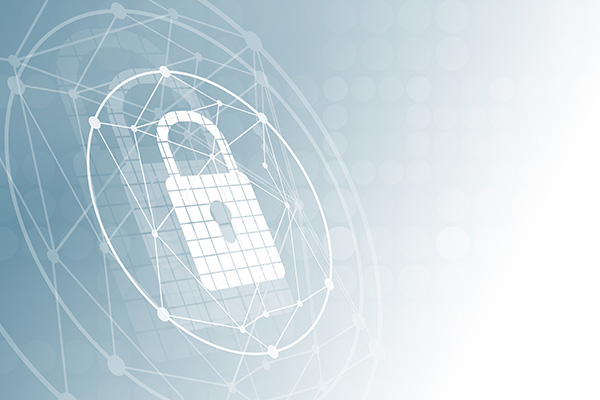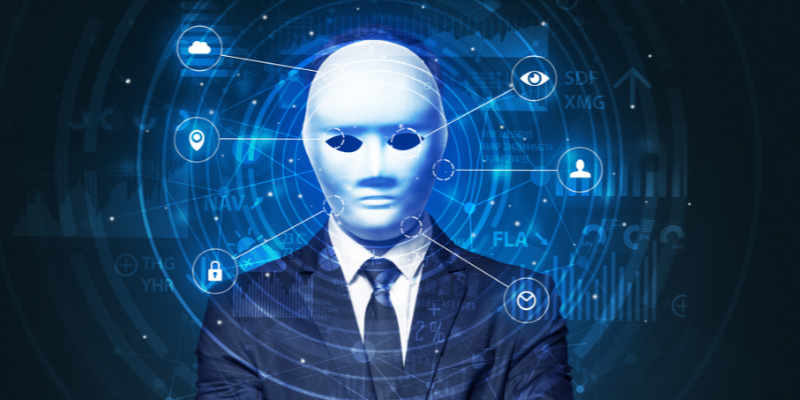New England-based Business Receives Honor from Global Leader in Security Operations
PORTLAND, ME – June 12, 2024 – Systems Engineering has been named Arctic Wolf MSP Partner of the Year for 2024. This honor recognizes Systems Engineering as an elite channel partner of Arctic Wolf for its leadership in security practice, executive alignment, revenue growth, and service excellence.












